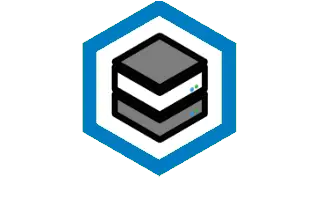
It would be nice if we, and apps’ developers, always knew what the vulnerabilities are. They generally exist because the developer doesn’t know about them yet, or hasn’t found a solution yet (though ideally has been transparent about that). Zero-day exploits happen. There’s always a first person or group discovering a flaw.
If being up to date and using SSL was all it took, security would be a lot simpler.
No one security measure is ever foolproof, other than taking everything offline. But multiple used in tandem make it somewhere between inconveniently and impractically difficult to breach a system.

It started well ahead of actual BF, but Best Buy has 18TB Easystore drives for $200.